Aquaponics Size
Aquaponics Market Growth Projections and Opportunities
Diverse factors impact the size of aquaponics market from agricultural to environmental, and economic aspects. Aquaponics is an innovative method of farming that integrates aquaculture and hydroponic systems into one for resource-conscious food production with the capability to yield harvests all year long. The increased demand worldwide for fresh and locally produced foods is also one of the leading factors that contribute to growth in this aquaponics market. With consumers becoming more environmentally aware and the development of interest in organically grown, pesticide free produce aquaponics provides a promising option. Aquaponic systems provide a controlled environment that supports the growth of numerous types of vegetables and herbs, thus addressing needs for various high-quality produce. Environmental sustainability plays a crucial role in determining the market size of aquaponics. Traditional agriculture also tends to suffer from water shortage and soil degradation. Aquaponics finds a resolution in such problems through the use of a closed-loop system where fish waste contains valuable nutrients that help plants grow, and those very same plants then clean up and improve water quality for the fish. This symbiotic relationship makes aquaponics an environmentally friendly way of producing food and, thus, attractive for those who are interested in sustainable farming practices. However, economic considerations also contribute significantly to the aquaponics market. In a controlled environment, the number of possible yields will be higher as it is feasible to raise crops throughout the year. This makes aquaponic systems economically viable in such environments. Further, the flexibility of aquaponics system embraces a range of operations from small-scale urban installations to larger scale commercial enterprises thus making it adaptable in different economic scenarios and consumer needs. Advances in technology help to shape the aquaponics market through enhancing efficiency and lowering operational costs. Innovations in aquaponic design, sensor technology and automation allow farmers to more effectively monitor manage their systems. These innovations improve not only productivity in aquaponics but also make it available to a larger number of farmers, thus fuelling the development of its market. Government policies and incentives are another influential factor in the aquaponics market. With subsidies, grants and supportive regulations farm owners may be encouraged to invest in aquaponic system which ultimately means encouraging sustainable agriculture methods. On the other hand, obstacles like restrictive regulations or insufficient recognition of aquaponics as a real farming method can inhibit market growth.
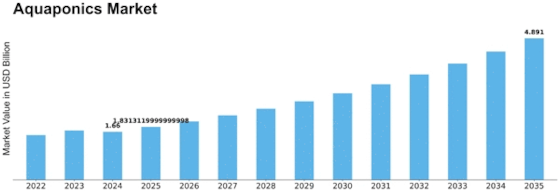

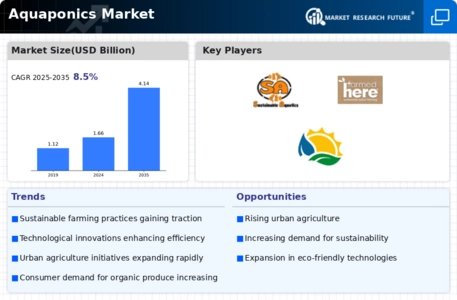
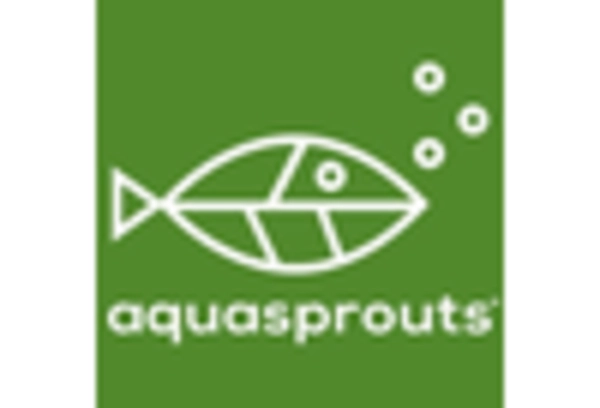
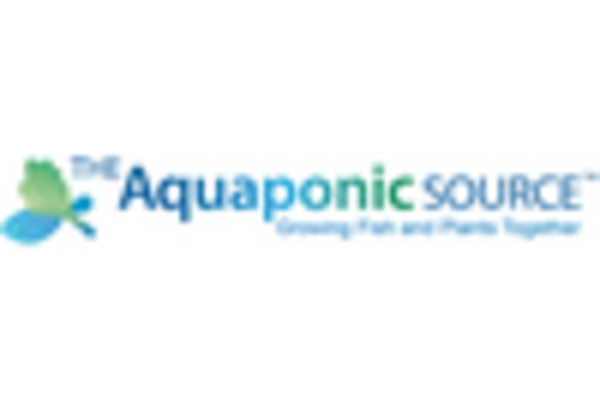

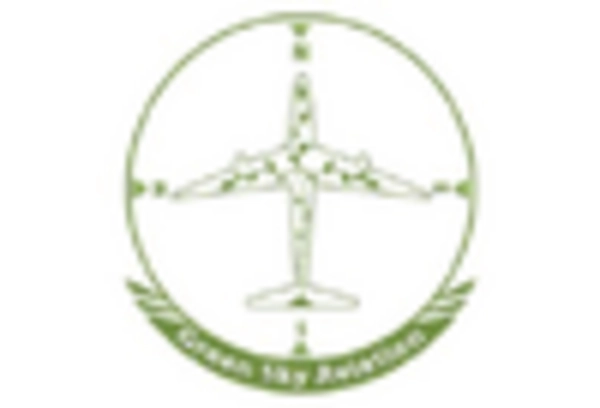
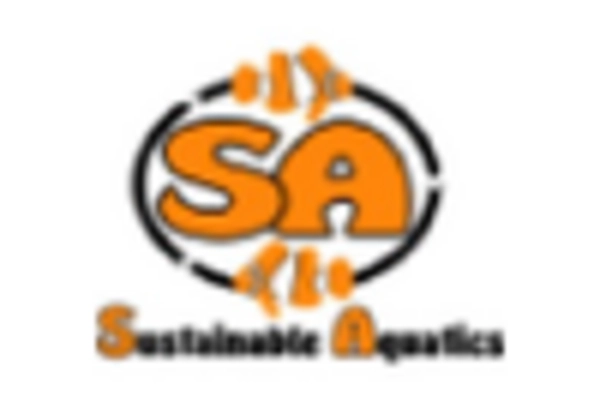
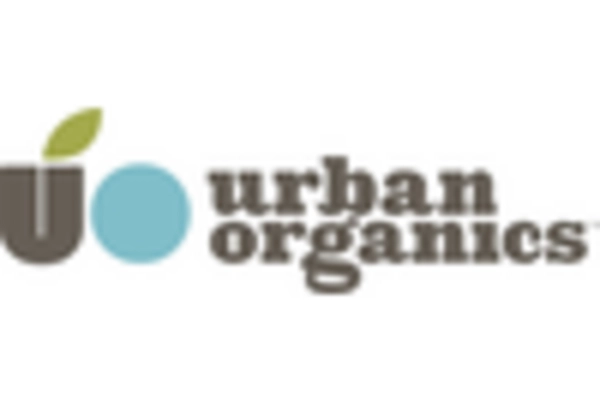









Leave a Comment